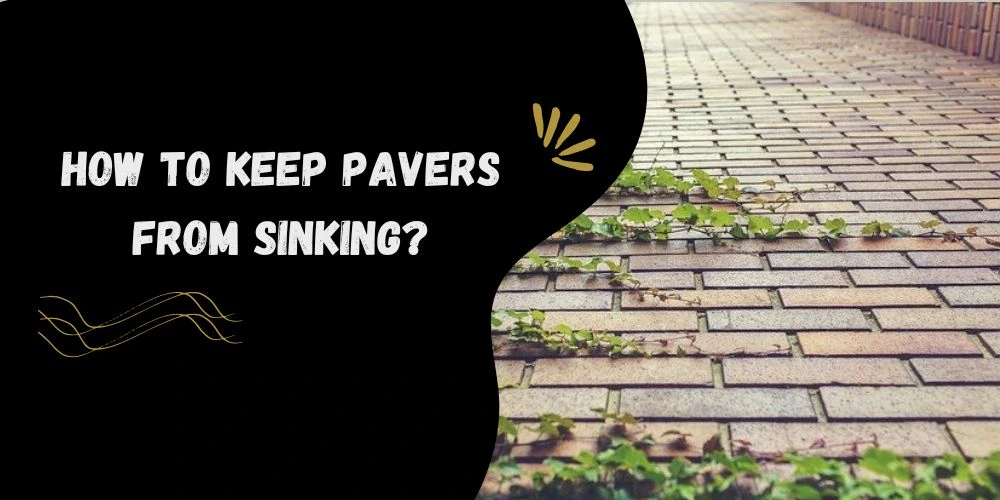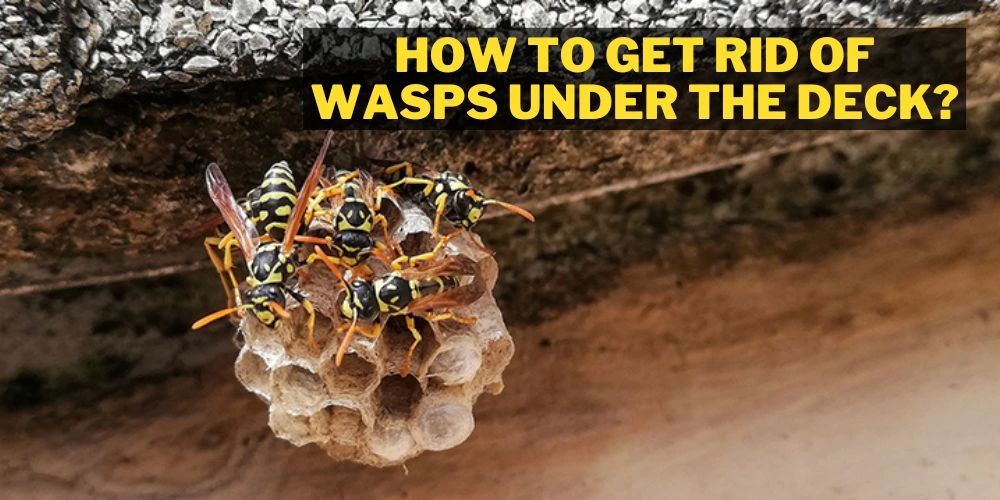If you come across brown patches in your fresh sod; it’s a matter of concern. But there’s a solution to it. Let’s look at the probable reason behind why sod is turning brown and the solution for it.
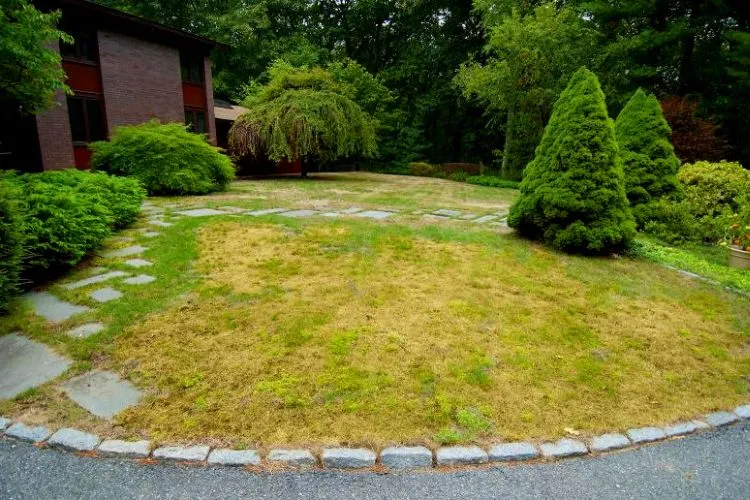
Sod is turning brown: Reason and Solution
When water is less than required
Water should be sufficient to reach every region of your lawn. When you give the water through a sprinkler, it can miss the corners and the sides, and some places dry out faster, which doesn’t get enough water.
So your lawn is thirsty. Providing sufficient water is an important step to follow for your fresh sod to thrive and live.
Why is too much water also a problem?
You have to consider whether the water is insufficient or too much. Over watering can harm your sod. Your fresh sod, indeed, requires plenty of water to set up itself. Be aware not to overwater. It can cause dying roots. If you do so, give your sod a space to cover itself from being soggy.
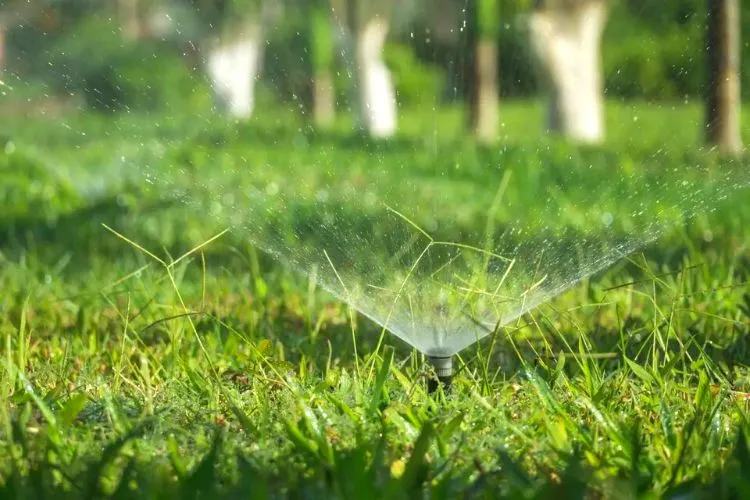
Finally, don’t forget that the regions of sod beside asphalt, buildings, and concrete wood usually dry out quickly because of direct heat and may require extra water. So always be careful with over watering and less watering.
Whether your sod turned brown after installing them, so what is one of the factors that can cause root problems?
How can you measure your water quantity?
Don’t panic if your sod gives too much water or enough water. You have to understand the controller way over here. When you have fresh sod, watering can be confusing. Here we are providing you with a detailed guide for watering new sod.
The guide for watering fresh sod is inconsistent but relies on what kind of grass, whether it’s planted in heat or shade, and in which season your sod is embedded.
lawn disease
Sometimes when you get fresh sod, you need to give it plenty of water during setup, but that extra moisture could make it susceptible to insecticides that lead to brown marks in your fresh sod.
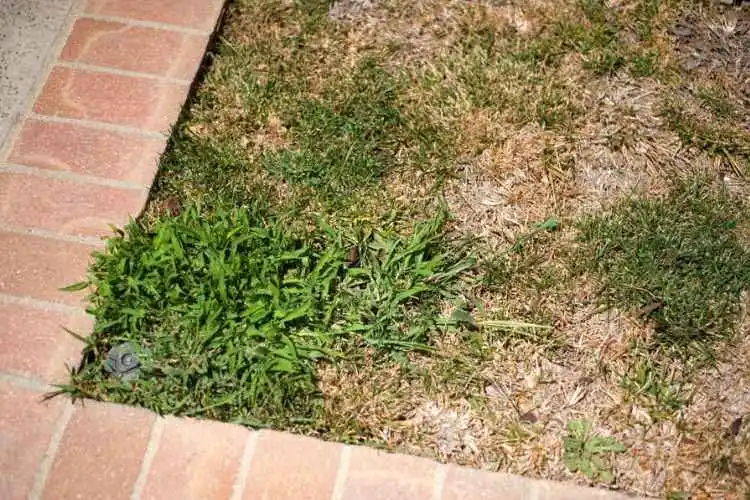
sod is being destroyed by insecticides often has brown dead patches where the grass has wilted but a brown-yellowish circle around where the insecticide is spreading.
Take a curative and systematic approach with fungicides within one week of your sod being planted to sort out any issues. Try to make your landscape design which can avoid insecticides in your fresh sod when embedded. And go with the best practices of fungicides.
What can cause brown patches of fresh sod?
The major fungicide or worms can lead to sod issues in your country or region. It’s a bad symbol. These insecticides feed their eggs; after hatching, your grass can die due to larvae, then brown patches appear.
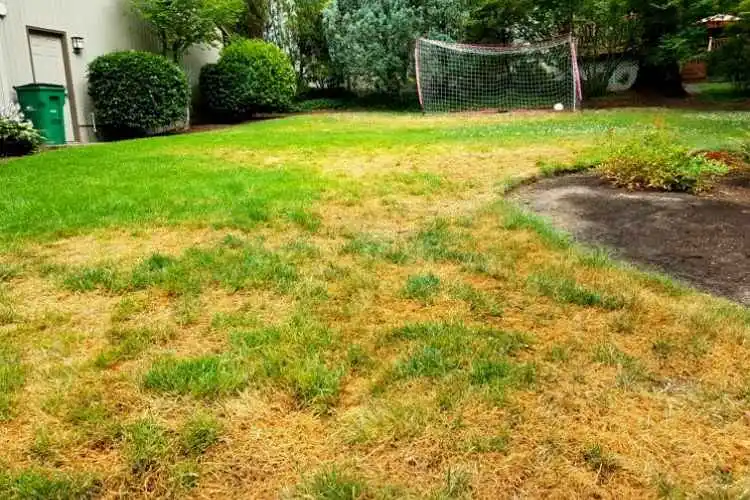
You usually purchase sod from farms that apply fungicide prevention to make the sod free of the destroying insecticides. Use a pest within one week of your sod plantation as a precaution against other worms. Here are some steps to follow in your irrigation system before sod installation.
- Save brown patches in fresh sod with surface sources.
- You should think about your irrigation and landscape design.
- You must convert your lawn into a location you spend every minute there.
- Make proper planning before installing them.
Can Brown sod be saved?
Learn to save fresh embedded sod that has started turning brown; begin by putting up several pieces of sod at the edges. After putting up easily, the sod would not be able to take root properly. Removing the topsoil to upgrade the sod’s capacity to grow roots is crucial.
When they lose the soil, put back the sod into areas and apply a lawn roller to ensure a nice contact between soil and sod. Then give water to your sod at least twice daily until it starts to take root by avoiding walking, and let’s not walk on the sod aur Naresh the grass until it lives and becomes fully set up.
How do you fix Browning sod?
Above, you have learned how sod becomes brown? But here we are going to fix your Browning sod with easy and experimental tips to make them alive for a long time. Too much soil nutrients or too little nitrogen can cause your fresh lawn to turn brown. Sometimes the unplanned soil pH can be the reason sod thrives and turns brown.
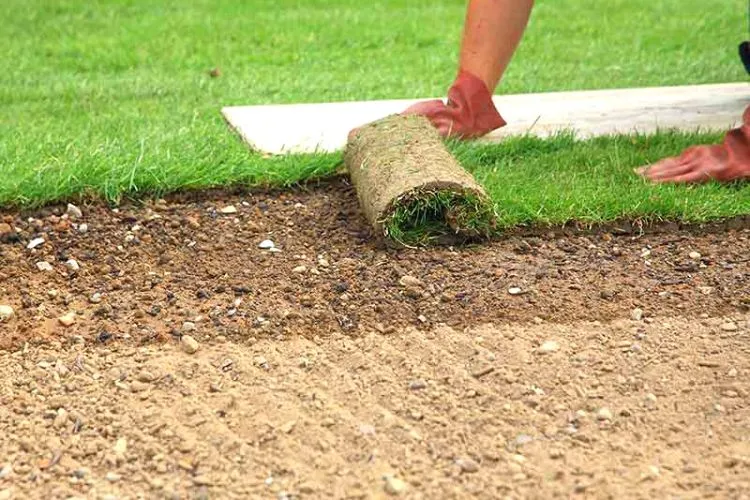
Investigate if the sod took root
By testing the sod to watch if it has put roots down in the soil. Begin with one piece of sod, hold it at one edge, and attempt to pee it up from the bottom. If it comes up easily, it would be able to take root. So, be careful and work seriously on it. Whether it prevented being pulled up, it’s starting to root and just put some extra preventive measures.
If topsoil is losing
The sod starts losing the soil if it has not started to take root. To do so, eliminate the sod fragments that have not taken root and set them aside on a paved region. Then apply a hoe, shovel, or rake to loose soil up to 6 inches or 15 cm. This is the accurate duration to blend fertilizer or compose into the loosened earth.
Afternoon the earth and putting any mandatory soil and fertilizers steps, apply a lawn roller to make the soil compact lightly. This procedure would squeeze out air pockets in the surface that inhibit grass growth. On finishing, the soil must be loose enough to put your finger or tool down. Sod requires a loose surface to grow roots and turn green.
Replant sod that doesn’t take root
Once you have lost the surface where your sod prevents it from taking root, put it back into the region. Replant the sod on the fresh, loosened surface, although your work is finished. An air pocket can produce between the surface and the sod.
Therefore after your sod is replanted, roll over it with the lawn roller to put it into the region. This will ensure that the roots connect with the surface, which permits fast green grass and growth.
You May Also Find Useful: How To Fix A Muddy Spot In The Yard? | How To Kill Orchard Grass In Your Lawn?
Frequently Asked Questions (FAQs)
What happens if my sod turns brown?
Brown patches occur when sod dries out and experiences drought shock.
Can sod turn brown from overwatering?
Yes, over watering can lead to a fungus that causes brown patches in your fresh sod.
How do I know if I overwatered my new sod?
You get rotting roots, soggy sod, moisture depth, and failure to knit into the ground.
How often should sod be watered?
You must at least water your lawn twice daily for about 20 minutes per session for at least 2 months.
Conclusion:
When you notice your sod turning brown, take immediate action. A sufficient amount of watering and a proper irrigation system will alter the appearance of your lawn sod. Hopefully, this article will help you to sort out your sod turning brown issues by following the above steps and tips. But not forget to follow all these steps in a sequence and proper way.

